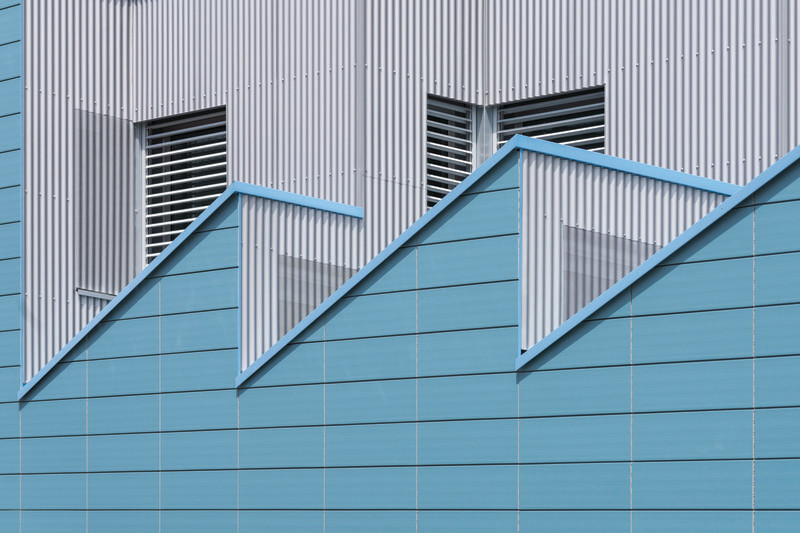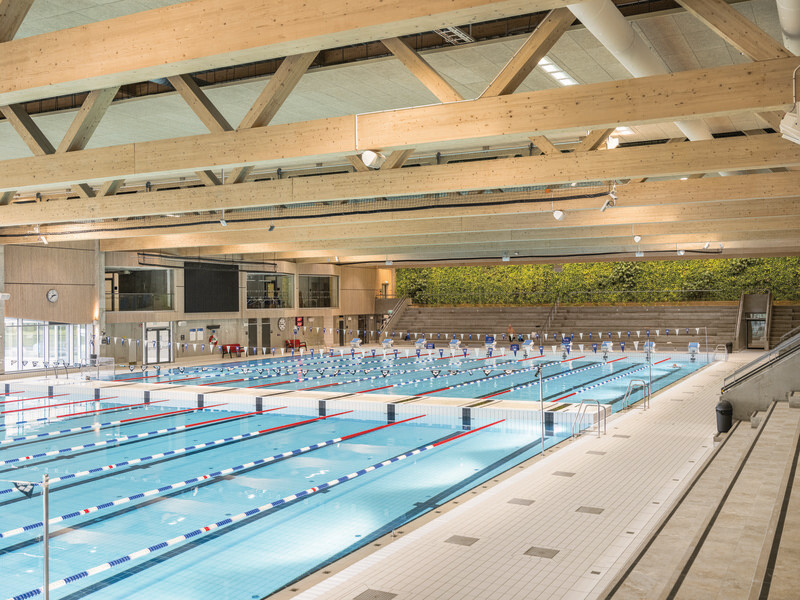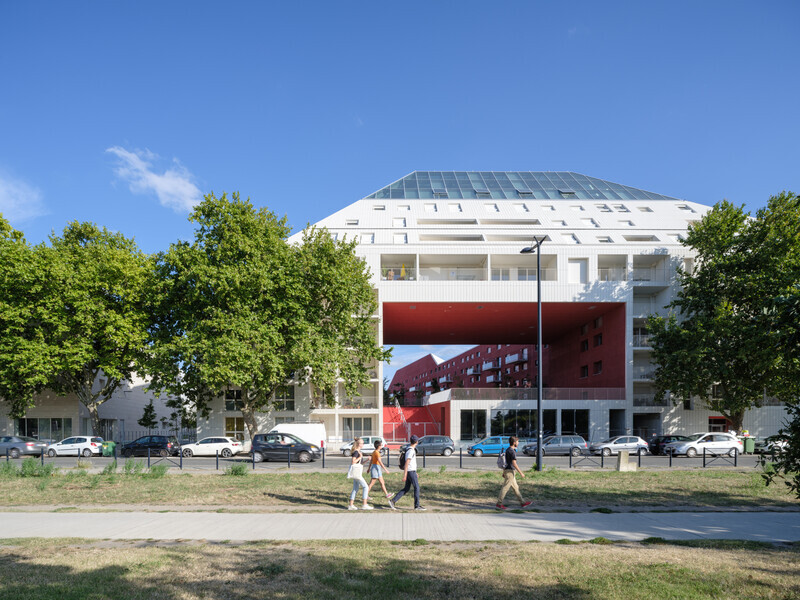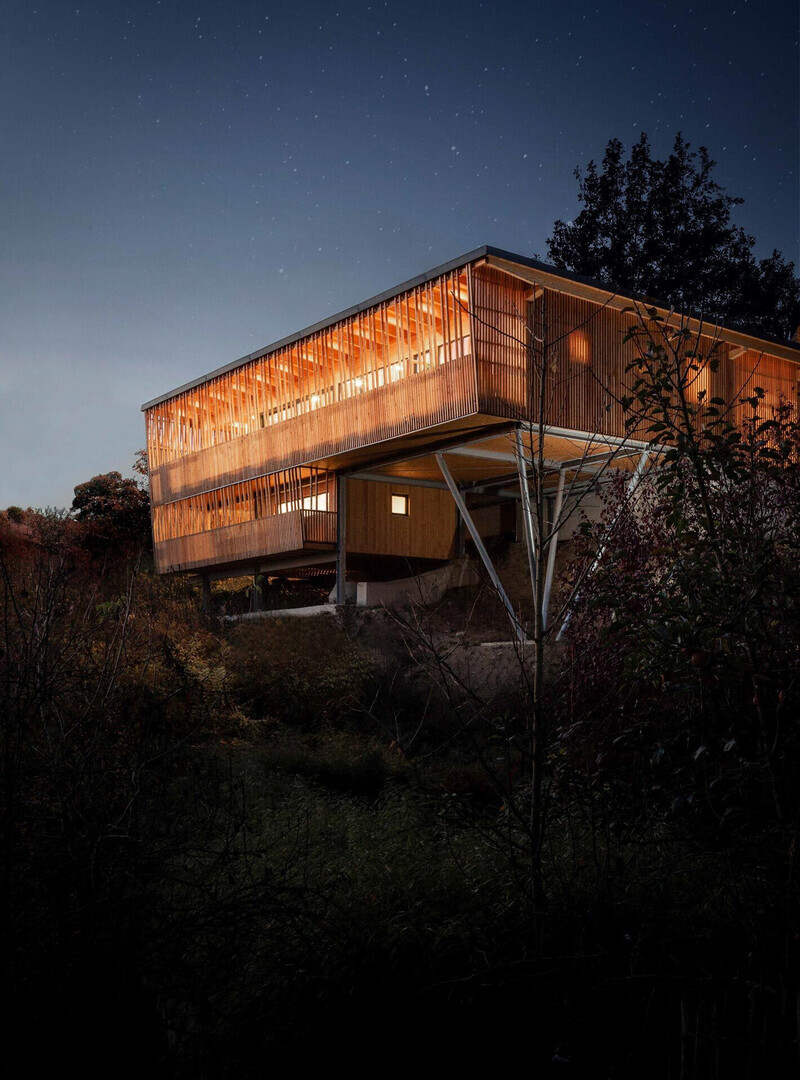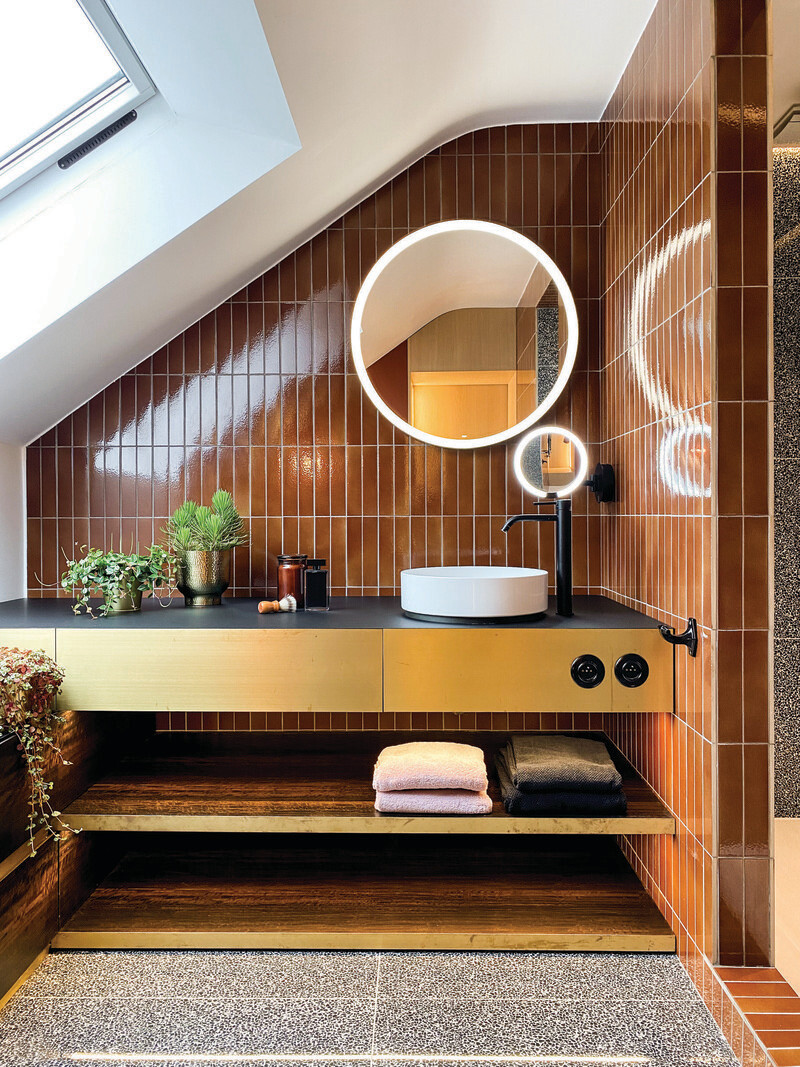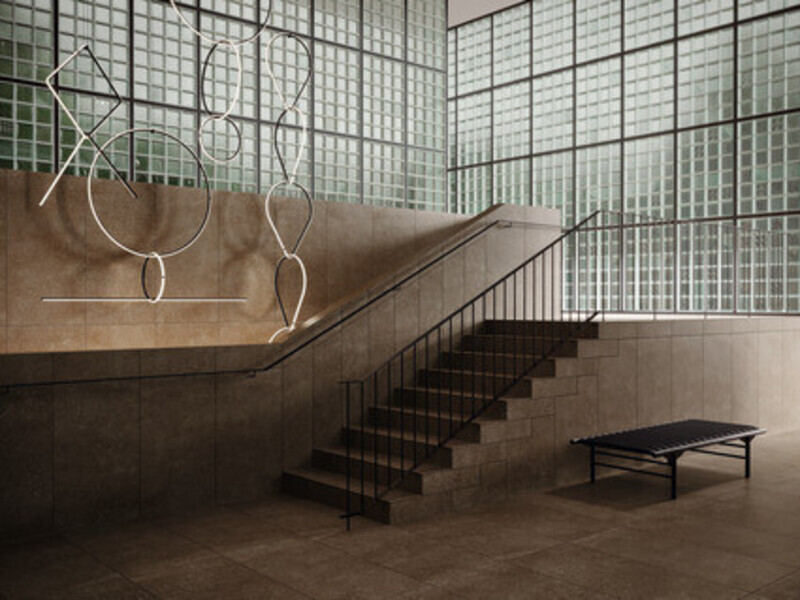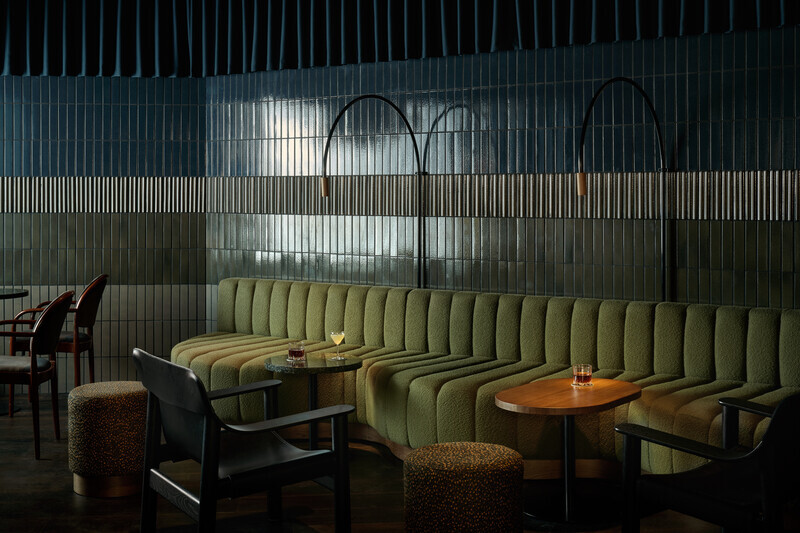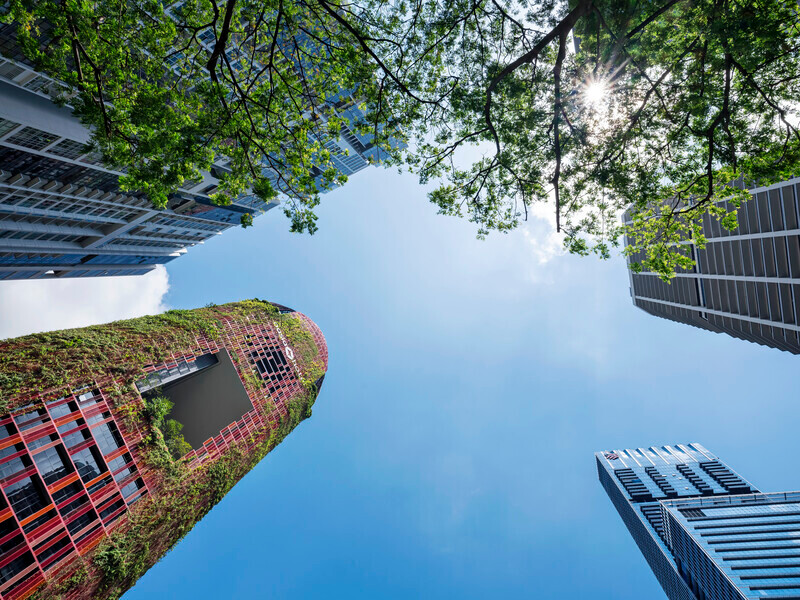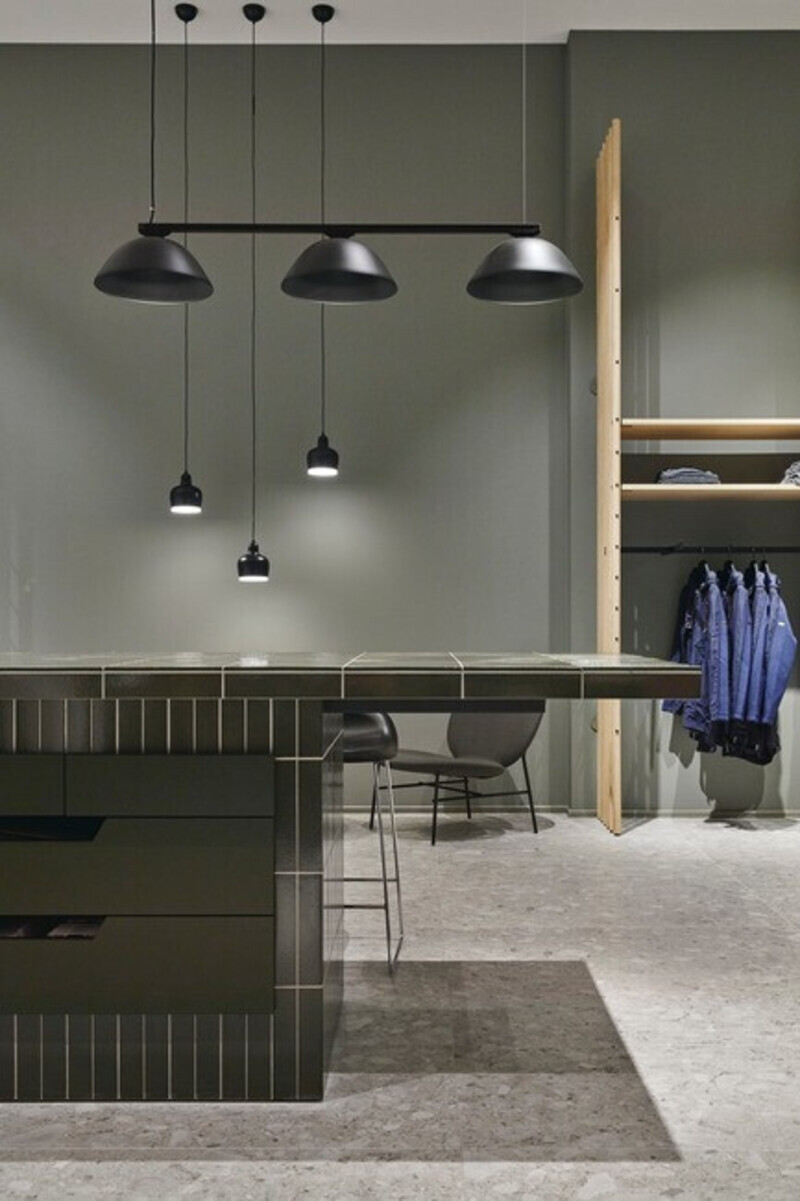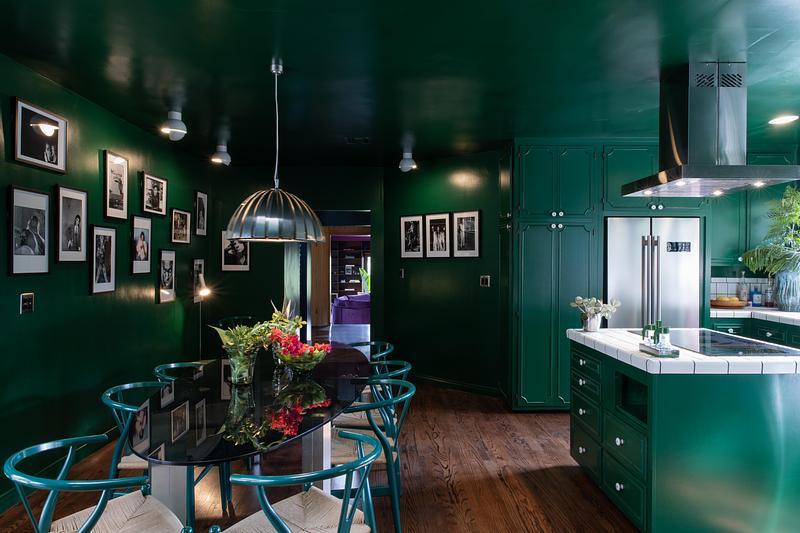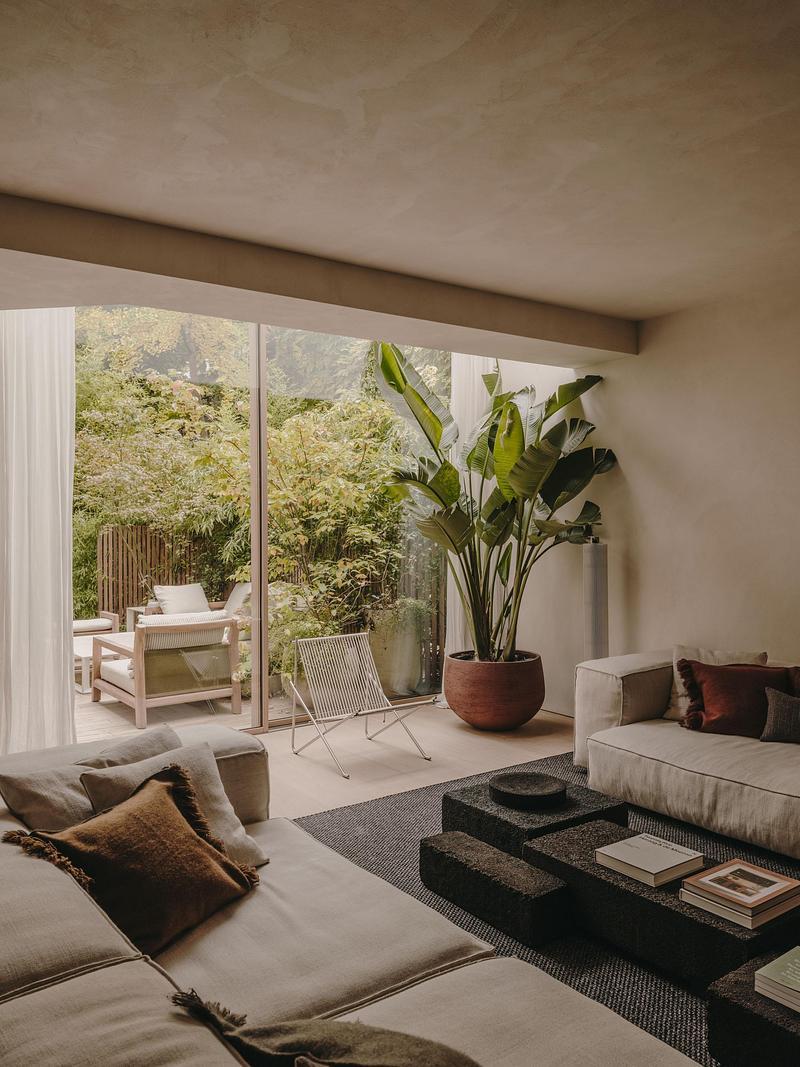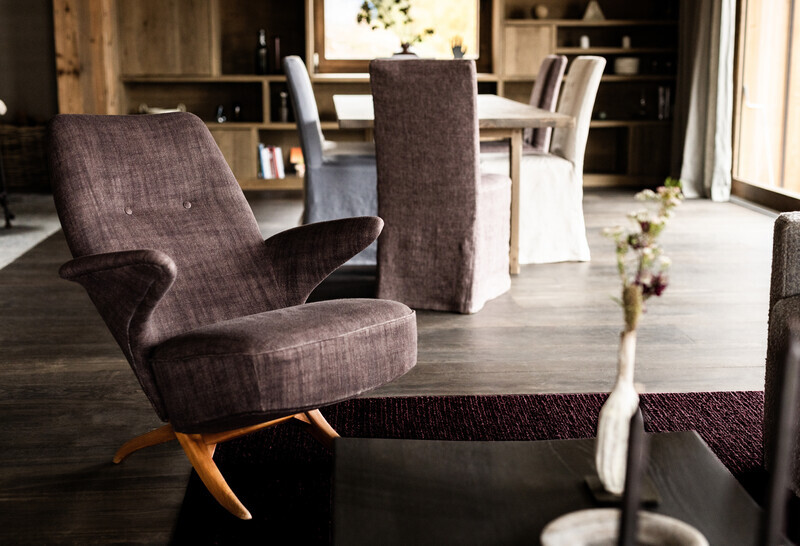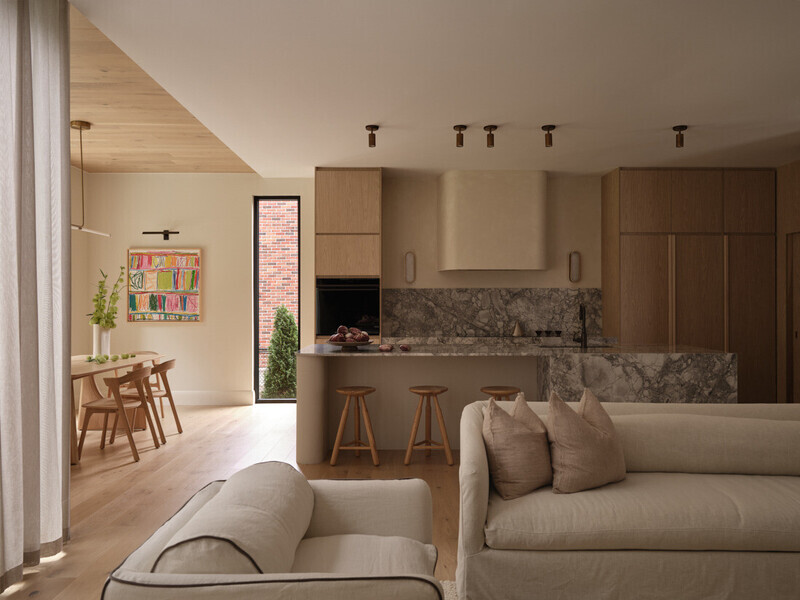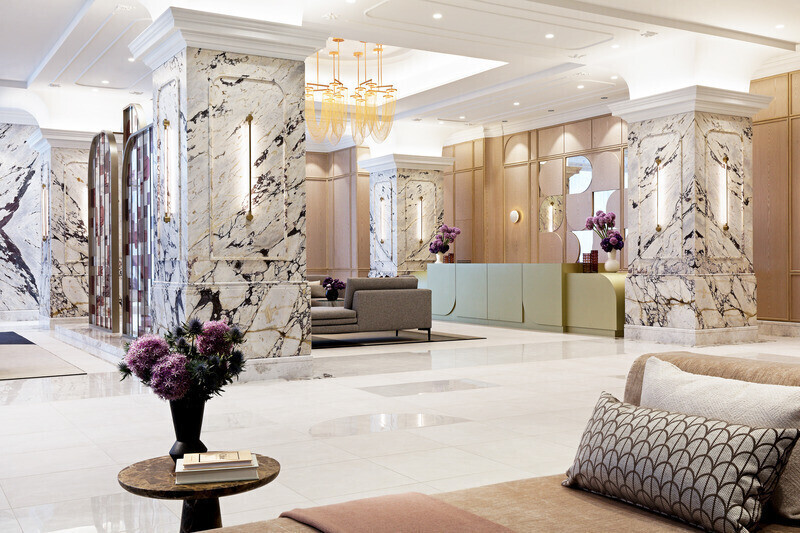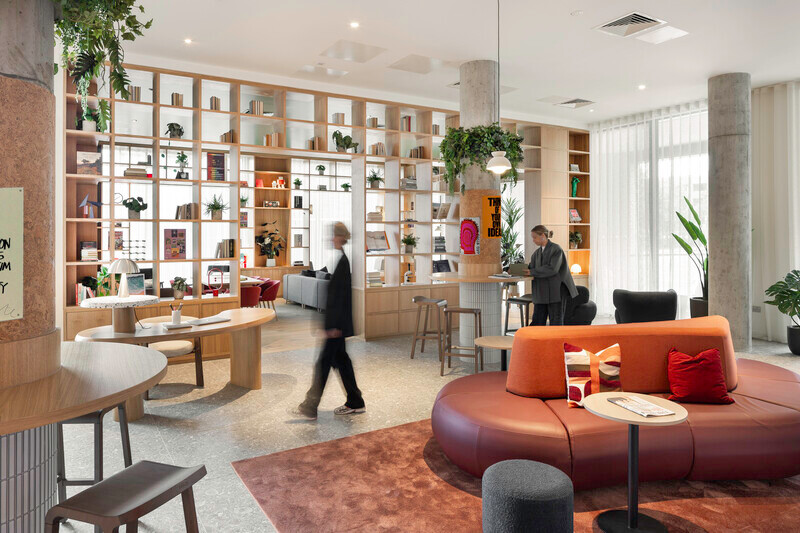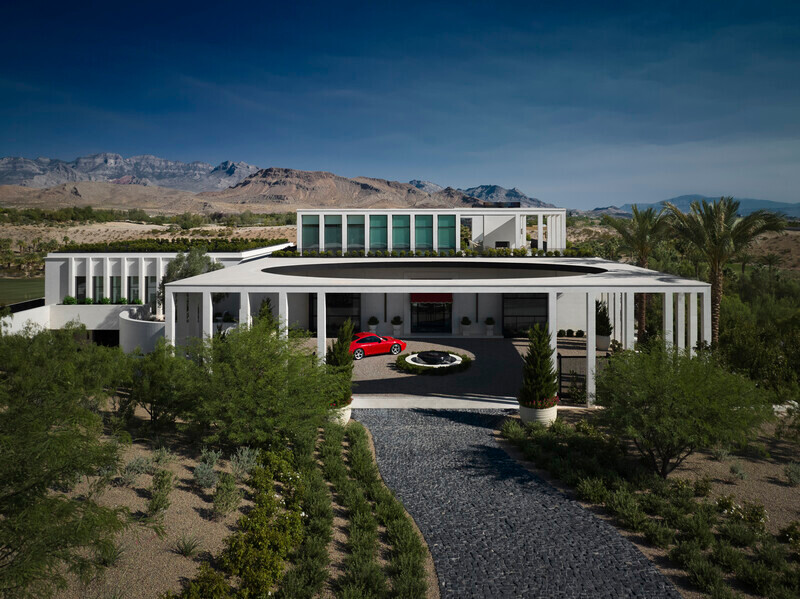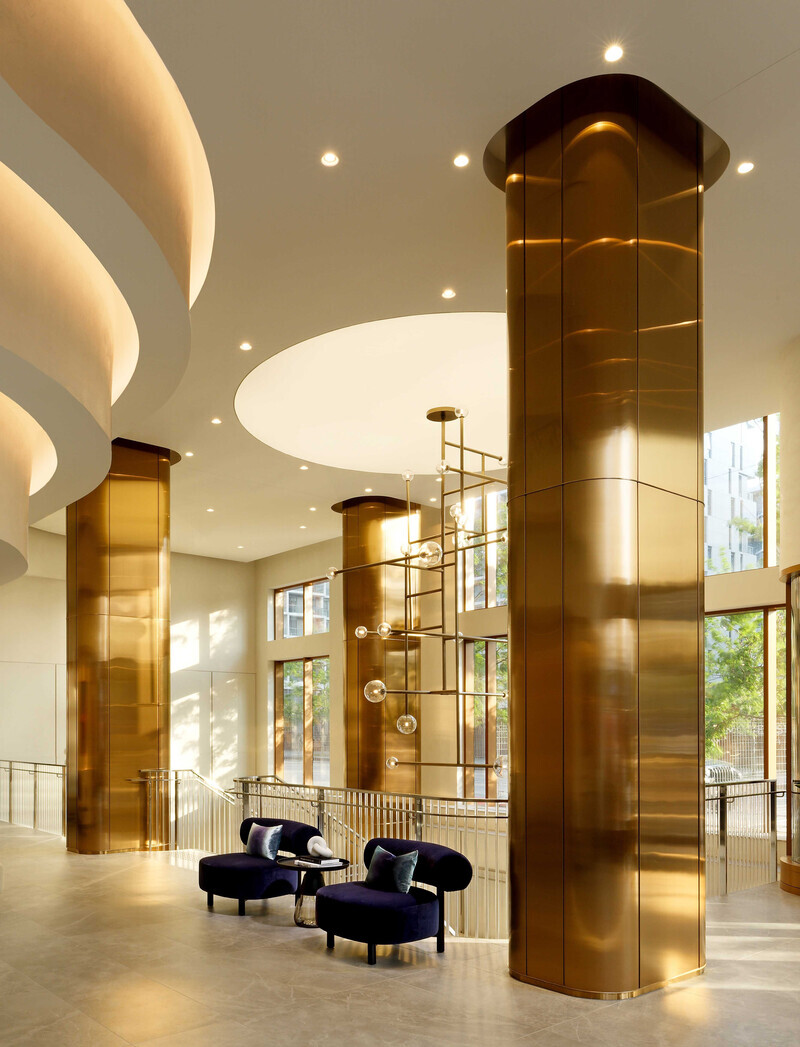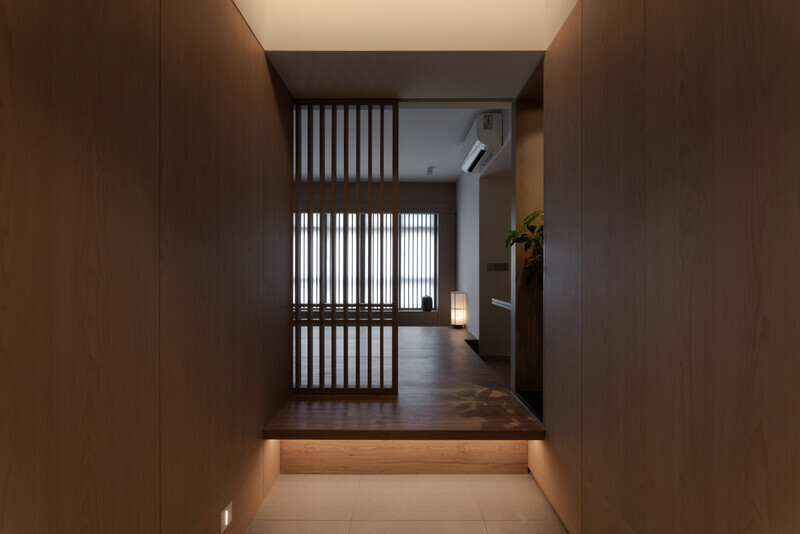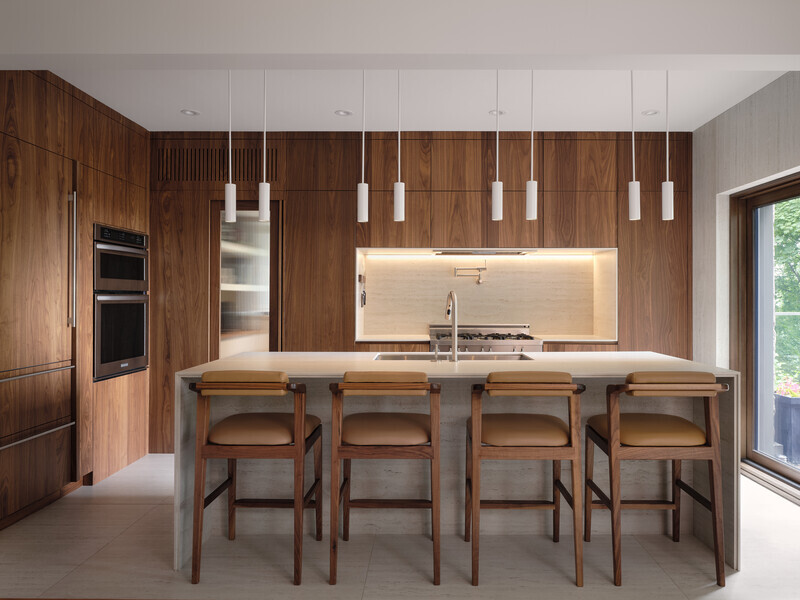
Press Kit | no. 2506-01
Bazillion Apartment: Warm and Cold
AGROB BUCHTAL
YCL Studio has used tiled wall to divide an apartment in Vilnius into two zones, each with its own distinctive atmosphere
In the Bazillion apartment, YCL Studio has drawn a clear line between the day and the night program of this pied-à-terre for two, while simultaneously blurring the conventional division between the ‘wet’ and the ‘dry’ part of a dwelling. The compact apartment, which comprises 45 square meters, is essentially one open space divided into two by a single, ceramic-clad wall. The dwelling is located in a new residential building in the Old Town of Vilnius and has been commissioned by a frequent traveller, who uses it for short stays in the capital of Lithuania.
The interior is designed by YCL Studio, an upcoming Vilnius-based office, led by architects Tomas Umbrasas, Aidas Barzda, Tautvydas Vileikis and graphic designer Rokas Kontvainis. They describe their company, which was founded in 2011, as an architectural collaborative ’operating in the fields of architecture, interior, planning, urban space, landscape design and research projects.’ They position themselves as ’part of the new generation of Lithuanian architects’ and state, ‘We use our international experience to enrich and strengthen local architecture as well as to spread the word internationally.’ This apartment, which has gained a degree of international fame, is viewed by Aida Barzda to be the happy outcome of working for an appreciative and open-minded client and collaborating with engaged suppliers and builders. Within the range of scales YCL Studio operates, this interior is definitely among their smaller jobs.
In this apartment, the designers from YCL have made one clever adaptation to conquer and divide the space: an oblique wall which splits the interior into two equal parts, one containing the living area and kitchen, the other the bedroom and bathroom. The former is cool and light, the latter warm and massive. The cool part has a white wooden floor, a white ceiling and white walls, while the floor and walls of the warm part are covered in tiles in three shades of an earthy reddish brown. These tiles are chosen from AGROB BUCHTAL’s Goldline series. The concrete ceiling of this part of the apartment is painted as well, in a terra cotta colour close to those of the tiles.
The two contrasting parts of the interior are tied together by furniture in black, white and grey. The absence of any other colour than terra cotta has a strong effect, giving the slightly unusual impression of being in a partially coloured black-and-white movie. A comparable monochromatic colour strategy has been used by YCL in several other projects, such as the VINTED office interior, featuring black, white and grey furniture as well, where one area is grey, another green, yet another yellow and the entrance area purple.
In the process of designing the apartment’s interior, the architects have explored multiple possibilities to maximise the difference between the two parts, testing different contrasts in material and colour work. As Barzda says, ’We imagined that the day is bright, full of light, talks, friends, food while the night time asks for a private, safe and cosy place, and is a bit dark, and sleepy. This opposition is articulated by drawing a sharp line.’ Expressing these different moods in a relatively contained space has been the leading concept and has driven every design decision here, letting nothing divert the attention. Barzda notes that for them, and the client, who was fond of the idea, the apartment should have a strong and unconventional character.
The contrast they have opted for, white wood versus terra-cotta-coloured ceramics, is not only strong in itself, but contains an intriguing twist as well. The conventional division in apartments is based on the presence, or absence, of running water. Usually the kitchen, bathroom and toilet are grouped together and often treated as a unit. In this case, the material of choice for the ‘wet’ part of a dwelling is not applied in the kitchen, while the bedroom is clad with ceramics.
As Barzda sees it, there were several reasons to utilise these tiles: ’We wanted to use a natural material which could ”fill the space” and would suggest that it would be there permanently.’ The terra cotta hints at the red bricks used throughout the Old Town. Moreover, the designers believe ceramics could evoke the calm atmosphere they were seeking. Most importantly perhaps for the critical success of this interior is how the tiles have been liberated from their common, limited role and have become the front and centre of the interior. In this way, the Bazillion Apartment convincingly underlines the versatility of ceramic products.
Data Sheet
Project:
Bazillion Apartment, Vilnius
Bazilijonų str., Vilnius, Lithuania
Size:
45 sq.m.
Completion:
2016
Architects/Designers:
YCL Studio, Vilnius, Lithuania
Design Team:
Tomas Umbrasas, Aidas Barzda, Tautvydas Vileikis,
Rokas Kontvainis, Justė Surplytė
Ceramic Tiles:
AGROB BUCHTAL, Schwarzenfeld, Germany
Photo Credits:
Leonas Garbačauskas / AGROB BUCHTAL
Text:
Hans Ibelings
About YCL Studio
YCL studio is an architectural collaborative based in Vilnius, Lithuania operating in the fields of architecture, interior, planning, urban space, landscape design and research projects. The company was established in 2011 and currently growing under the creative direction of the four Partners. As part of the new generation of Lithuanian architects they use their international experience to enrich and strengthen local architecture as well as spreading the word internationally. The studio creates unique design and ideas for investments and developments. From home interiors and buildings to large scale developments – they combine innovation, planning and design ideas to make places more welcoming, engaging and attractive.
About AGROB BUCHTAL
As a specialist in architectural ceramics, AGROB BUCHTAL offers an extensive portfolio of products and services for contemporary and forward-looking building and design using ceramics. The company's history dates back into the 18th century. Today, AGROB BUCHTAL is a global player firmly rooted in Germany. The richly-varied tile collections and special tailored solutions are used all over the world – on the facade of a prize-winning residential complex in London or on the roof of the Museum of Cultures in Basle, in a swimming pool in Shenzhen, on a promenade in Abu Dhabi or in Munich's underground railway network.
For more information
Media contact
- AGROB BUCHTAL GmbH
- Werner Ziegelmeier, Head of PR
- Werner.ziegelmeier@deutsche-steinzeug.de
- +49 (0)9435 / 391-33 79
Attachments
Terms and conditions
For immediate release
All photos must be published with proper credit. Please reference v2com as the source whenever possible. We always appreciate receiving PDF copies of your articles.
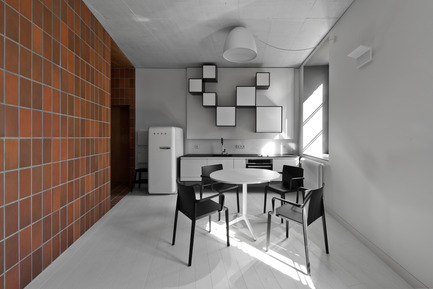
Very High-resolution image : 22.55 x 15.04 @ 300dpi ~ 13 MB
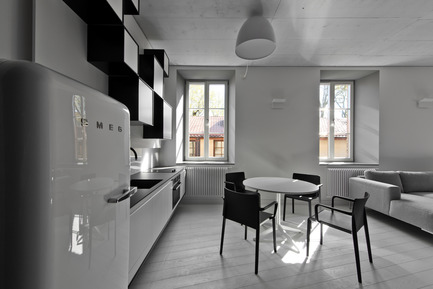
Very High-resolution image : 23.15 x 15.43 @ 300dpi ~ 14 MB
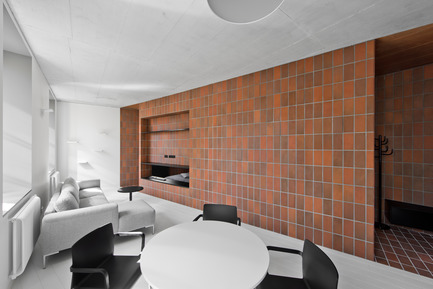
Very High-resolution image : 24.16 x 16.11 @ 300dpi ~ 15 MB
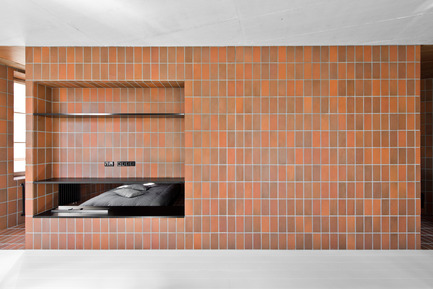
Very High-resolution image : 24.51 x 16.34 @ 300dpi ~ 17 MB
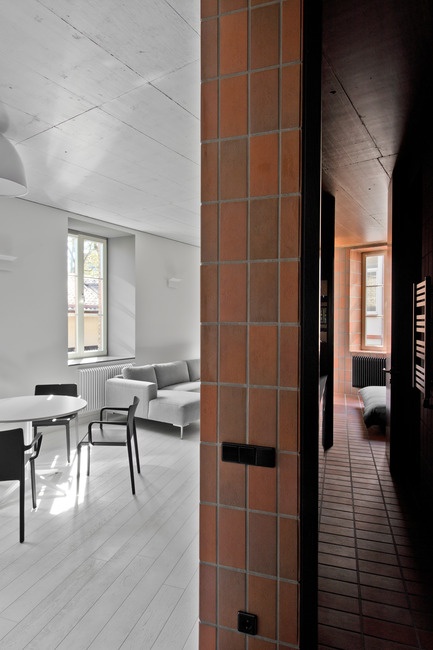
Very High-resolution image : 16.27 x 24.41 @ 300dpi ~ 21 MB
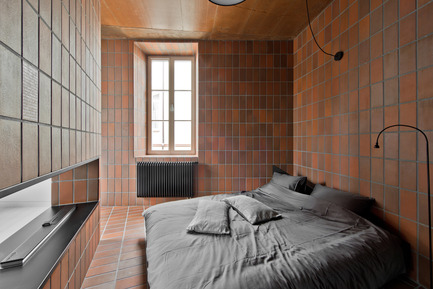
Very High-resolution image : 24.38 x 16.26 @ 300dpi ~ 19 MB
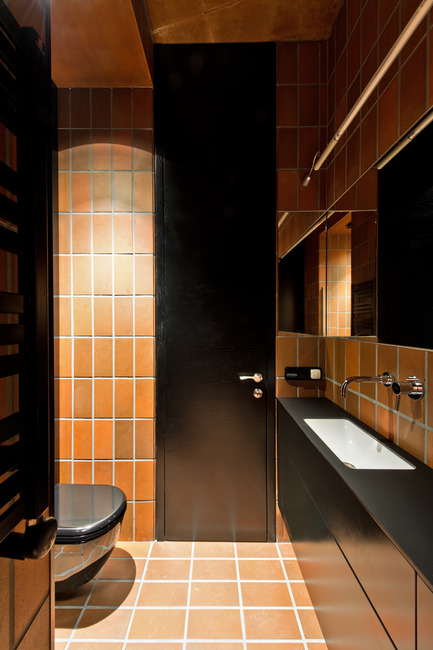
Very High-resolution image : 16.19 x 24.28 @ 300dpi ~ 19 MB
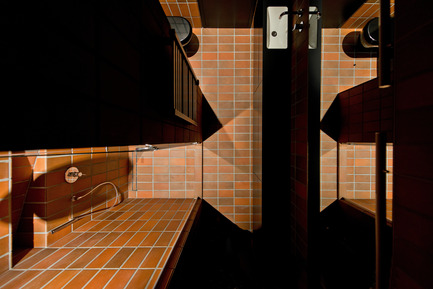
Very High-resolution image : 23.56 x 15.71 @ 300dpi ~ 22 MB
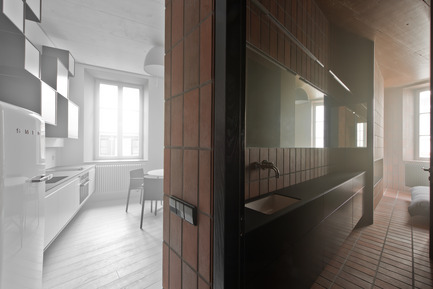
Very High-resolution image : 23.9 x 15.94 @ 300dpi ~ 14 MB
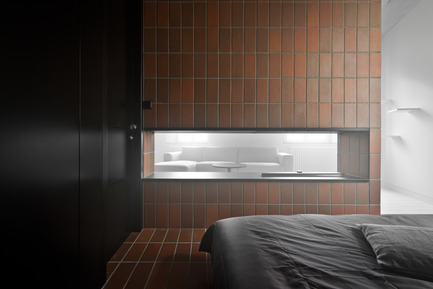
Very High-resolution image : 23.3 x 15.53 @ 300dpi ~ 14 MB
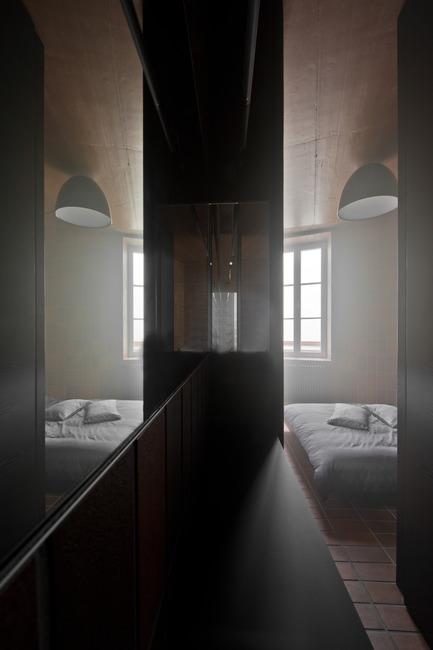
Very High-resolution image : 15.78 x 23.68 @ 300dpi ~ 16 MB
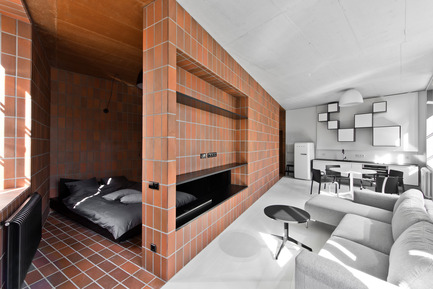
Very High-resolution image : 24.53 x 16.36 @ 300dpi ~ 17 MB
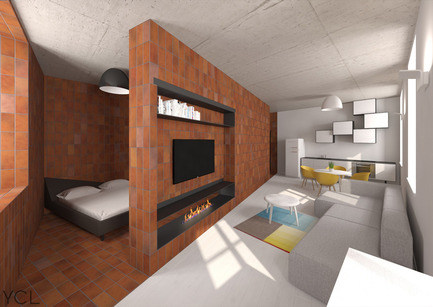
Medium-resolution image : 5.67 x 4.01 @ 300dpi ~ 330 KB

Very High-resolution image : 33.08 x 23.39 @ 300dpi ~ 1.9 MB
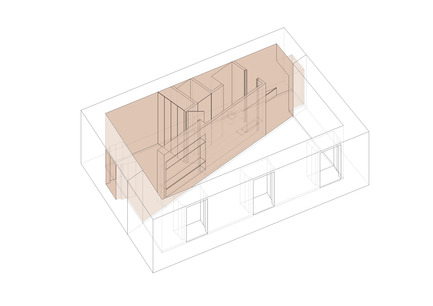
Medium-resolution image : 9.36 x 6.62 @ 300dpi ~ 930 KB
